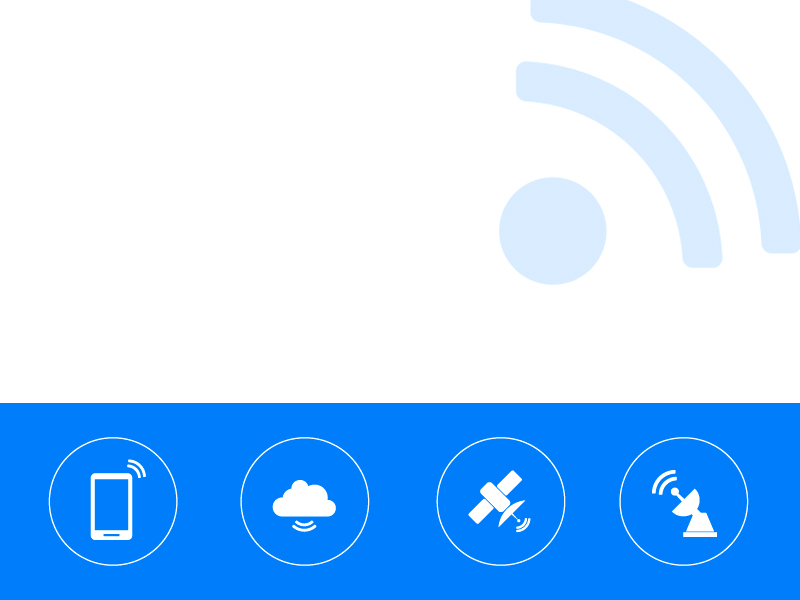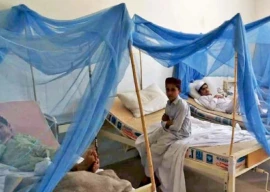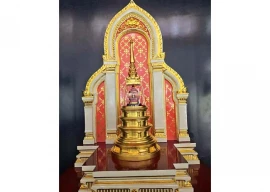
Long after India, Bangladesh, Nepal and even Afghanistan introduced the third and fourth generation (3G and 4G) of mobile telecommunications technology, Pakistan has finally followed suit.
The higher transfer rates of 3G and 4G networks trumps the widely used 2G GSM networks by allowing users to have significantly faster internet access, making video phone calls and mobile TV possible. The technology will ensure that browsing YouTube on mobile phones will no longer be akin to viewing a slideshow and this is certainly something to cheer for in a nation of nearly 130 million mobile service subscribers, as revealed by the Pakistan Telecommunication Authority.
The benefits don’t end with entertainment uses. 3G could launch socially useful applications such as e-education, e-medicine and electronic governance which will provide key services to both urban Pakistanis and those living in inaccessible parts of the country. Apart from smart phones, 3G internet can also be used on computers and tablets where broadband isn’t easy available. The benefits are immense, especially for those seeking development in rural locations. It will hopefully have a small snowball effect on the economy as well, where new investment, businesses and jobs will be created as a result. Pakistanis could have had highspeed mobile internet as far back as 2008 which is when the country had 3G capable networks. Perhaps the government wanted to cash in on the upgraded technology by asking mobile network companies such as Warid, Zong, Ufone, Telenor, and Mobilink to bid on licenses that would allow them the right to offer 3G to their respective customers. Despite the many delays over the years the recently concluded 3G/4G auction yielded $1.1 billion. The biggest spender at the auction was Zong, which took home a 1800 MHz 4G license and a 10 MHz 3G license. Following Zong was Mobilink with a 10 MHz 3G, meanwhile Ufone and Telenor both settled for 5 Mhz 3G.
This means that most Pakistani mobile phone users with 3G capable phones should have some form of 3G available to them on their respective networks. While the high-end phones in the country are capable of using both 3G and 4G and medium-ranged phones can handle 3G, most lowend devices are incapable of taking advantage of 3G networks.
Currently the cheapest 3G phone available in Pakistan is priced at around Rs5,000, leaving plenty of room for the introduction of more economical 3G phones. For any customer interested in 3G or 4G, the cost does not end with the device. Mobile network companies are expected to follow similar business models to that of the UAE or Nepal, where they will offer high-speed mobile internet packages at increased prices to their customers in order to recoup their investments.
But according to statistics quoted in a PEW report earlier this year, in a country where only 53% of the population owns a mobile phone, out of which a minuscule 3% comprise of smartphone users, it is hard to comment on the extent of the impact the twin technologies will have.
Noman Ansari is a freelance writer and a regular contributor to several publications. He tweets@Pugnate
Published in The Express Tribune, Sunday Magazine, May 4th, 2014.
COMMENTS (6)
Comments are moderated and generally will be posted if they are on-topic and not abusive.
For more information, please see our Comments FAQ



















































I want to knw when 3G and 4g coming in mirpur azad kashmir
Now these blood sucking telecommunication insects will become vampire in the name of 3G and 4G.
3G Internet for galaxy s 3
Its amazing how people think that using the internet on mobile will lead to an economic revolution. Broadband already exists in the country and is available at all major universities and a large number of colleges. One way to bring about change in economic activity is to buy a world class smartphone which can compete with samsung and apple. This requires a vision, plugging the brain drain and work on developing such a device with the same enthusiasm as we have done for the military program. Lets not get blown away with 3G/4G.